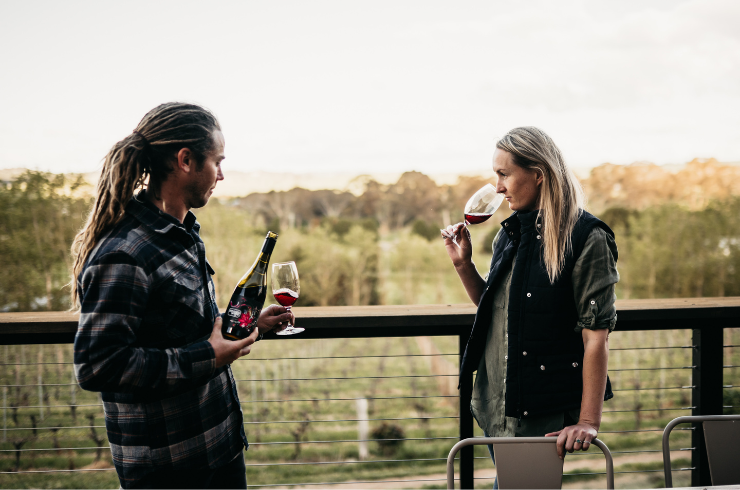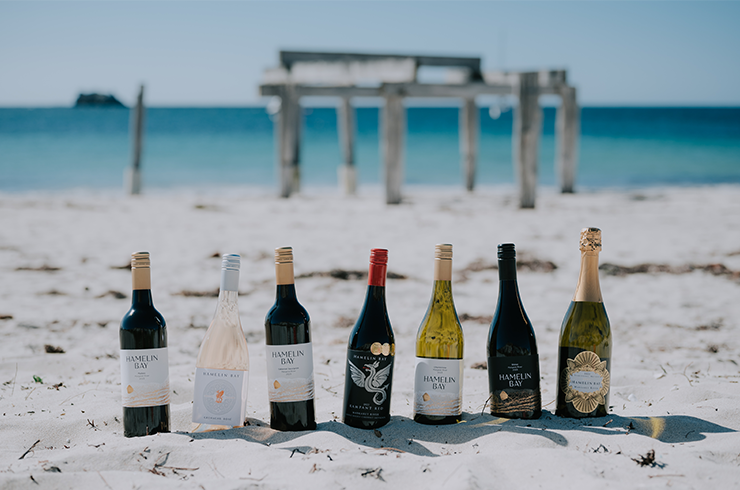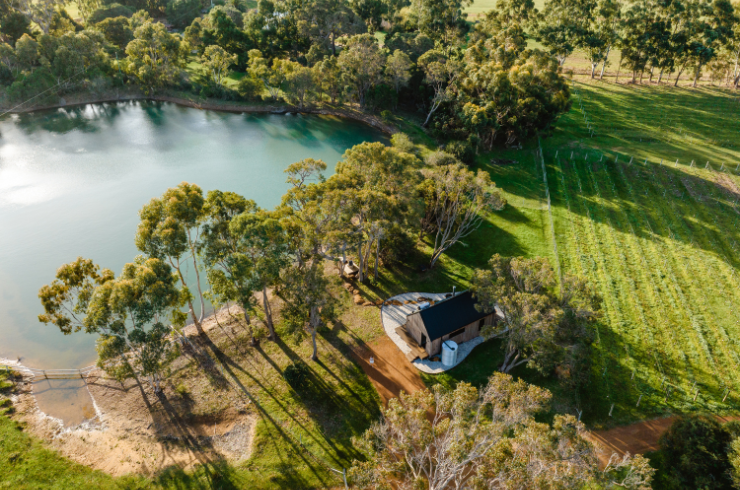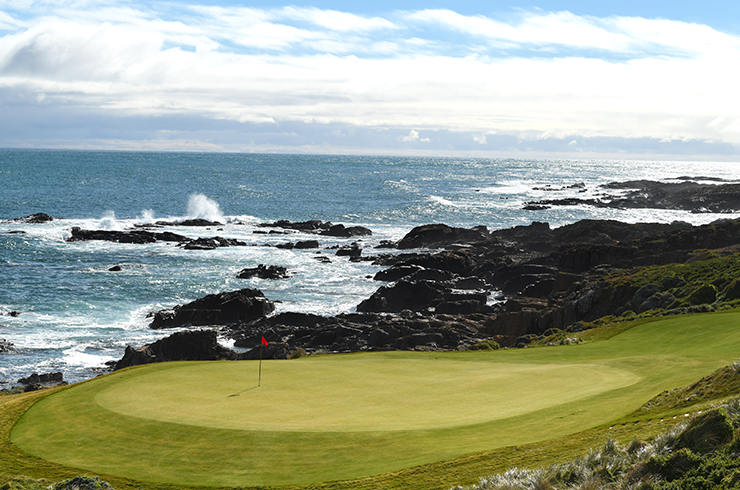The finest of these wines are linked to pedigree, provenance and, alas, price, relegating them to those with deep pockets; it’s just window-shopping for we ordinary folk. However, all is not lost.
If you can’t afford a bottle – or even a glass – of Grange, a little savvy know-how can allow for terrific drinking at a fraction of the price. Along the way, perhaps you’ll gain an insight into what the top echelon wines might be like, too. It’s about finding value, which is not the same as a bargain. You just need to know where to start. Follow me.

It’s possible to state a case naming this as Australia’s greatest-value wine given its quality credentials.
“There’s Mt Edelstone at $225, and you’re still getting to taste wine made from beautiful old vines planted more than 100 years ago. Then there’s the Wheelwright, planted by [Justine’s grandfather] Cyril Henschke in 1968, at $130. By lining up those wines, you get a good idea of what our philosophy and focus is regarding single-vineyard shiraz from the Eden Valley,” Justine says.
The wines are quintessentially Henschke. Mt Edelstone has its own loyal fan base, many preferring it to Hill of Grace, regardless of the price difference. The enterprising Cyril bottled it as a single-vineyard wine in 1952 and, today, it remains the longest consecutively made single-site wine in Australia.
As to Grange, given it retails for an eye-watering $950, it’s probably not something you’d drink with pizza on a Friday night. Or at all. Instead, the wine dubbed Baby Grange – the Bin 389 Cabernet Shiraz – hovers at $100. It’s a fitting alternative. Many outlets discount it, and I’ve seen it priced at $75 and lower.
Wynns Coonawarra Estate’s chief winemaker Sue Hodder.
Wynns chief winemaker Sue Hodder has always regarded Black Label as the most important. Why? It’s the very essence of the estate and what it stands for – excellent Coonawarra reds. It’s no slouch, either. There’s a shiraz, although the cabernet, first made in 1954, ages superbly and excels in highlighting Wynns and the region. It achieves such definition because the fruit comes off the top 25 per cent of its terra rossa sites. Unequivocally, it is a benchmark Coonawarra cabernet.
I can vouch for its ageability, too. To celebrate the wine’s 60th vintage, Wynns hosted an astonishing tasting in 2017 showcasing every Black Label cabernet ever made – starting with the ’54, which was so alive and compelling. It’s possible to state a case naming this as Australia’s greatest-value wine given its quality credentials. That it offers a glimpse into the majesty of John Riddoch is another bonus.
Taking on a similar theme of place, Franco d’Anna, winemaker at Hoddles Creek Estate in the Yarra Valley, ponders the proposition. “You have to ask, even with a wine that’s good value, first of all, does it reflect where it comes from? No matter the price point, good value still has to reflect place. Even with our second label, Wickhams Road, we make it almost the same as our top wines. For us, terroir speaks loudest, which is why particular blocks (allocated to the high end) are so special. All those value wines, we give them the same love; we don’t differentiate between any wine in terms of winemaking. Where it’s grown is the most important factor.”
Franco adds that value can be difficult to quantify. “For me, it has to tick the boxes, say with an entry-level Soave. Is it fresh? Does it have the right fruit spectrum? Is there good acidity and so on. If I’m looking at value at a higher price point, I want more detail, a bit more going on. It’s not about the amount of new oak a winemaker uses, it’s about the fruit spectrum and complexity.”
While Hoddles Creek is highly regarded, its pricing has always been keen: single-block wines come in at $60, the estate at $25 and Wickhams Road punches way above its weight at $19 for the chardonnays and $20 for the pinot noirs. As a small-scale business, devotees tend to buy a bit of everything. “It is still possible to look at Wickhams and gauge vintage and get an idea of what the single-block wines might be about.”
Just like Wickhams Road or Wynns Black Label or Italy’s Isole e Olena Chianti Classico, Franco says they are “an introduction to the producer and give drinkers the confidence to later spend more and buy up and maybe even buy loyalty.”
It might come as a surprise to some, but I don’t drink Barolo or Barbaresco every day or every week. Another wine slips into the role: Langhe nebbiolo. Under Italian wine law, it must be 100 per cent varietal, the same as its more famous siblings, although Langhe nebbiolo is made for immediate drinking pleasure and the epitome of value. It’s also the best way to get an introduction to this alluring variety before moving up the quality and structural scale.
That’s not to say Langhe nebbiolo lacks distinction. For example, one of my go-to nebs comes from Massolino based in Serralunga. Its rendition is made with fruit coming off single cru sites, which also go into making Barolo. Obviously, the best is destined for the latter and the wine aged a year longer. There’s a still stamp of excellence here. Single cru Barolo costs about $230, Barolo at $110, or to match, you can almost buy two Langhe nebbiolo.
Franco d’Anna from Hoddles Creek Estate.
Franco d’Anna mentioned the Tuscan Isole e Olena, and similar value can be found in other exceptional Chianti producers, including the aforementioned. Chianti Classico is still well-priced although it’s starting to sneak up. Fontodi is about $80; expect to fork out $270 for its flagship, Flaccianello della Pieve. Its Chianti Classico is a fitting introduction to sangiovese given it is a high-end organic operator, as is San Giusto a Rentennano, based in Gaiole. Its classico costs $60 and flagship, Percarlo, about three times as much.
At Edinburgh Cellars in Adelaide, Sam Taylor deals in stories. The cellar manager listens to people describe their vinous desires and matches them with a suitable bottle. “Everyone has their own idea of what value is when it comes to price point. We try to match it to a set of experiences,” he says.
The story might be someone who loves grenache yet can’t afford McLaren Vale-based Yangarra’s ethereal High Sands at $220. Fear not. There are two other stellar choices: Yangarra’s Ovitelli at $60 and its Old Vine Grenache at $42. Part of the story for the latter is those old bush vines, so it still involves hands-on work in the vineyard, coming off a site that was planted in 1946. For the price, it’s mind-blowing. There’s still the attention to detail in its crafting.
Or what about Margaret River, home to some of the country’s finest cabernet sauvignons? Sam suggests Cullen Wines at Wilyabrup with its entry-level cabernet merlot being fantastic value at $38. For context, its best cabernets, the Diana Madeline and Vanya, come in at $145 and $500 respectively.
If someone doesn’t have funds to buy from classic, established names such as Cullen or Henschke, Sam leads people to smaller or up-and-coming operators. Again, he sells a yarn: Louis and Pax only started out in 2016, focusing on Ebenezer shiraz sourced mostly from the Hoffman’s Dimchurch vineyards – a much-prized site other top-notch producers access, such as John Duval Wines, Two Hands and Sami-Odi. Louis and Pax comes in at $28. “It’s a decent snapshot of site or subregion for a fraction of the cost,” Sam says.
The best tip is to build a rapport with a retailer, someone who listens and understands your drinking habits, especially what’s on your wishlist, and who also knows your budget. There is no better value than that relationship. Some might call it priceless.
This article appears in issue #63 of Halliday magazine. Become a member and get digital access to the magazine.



